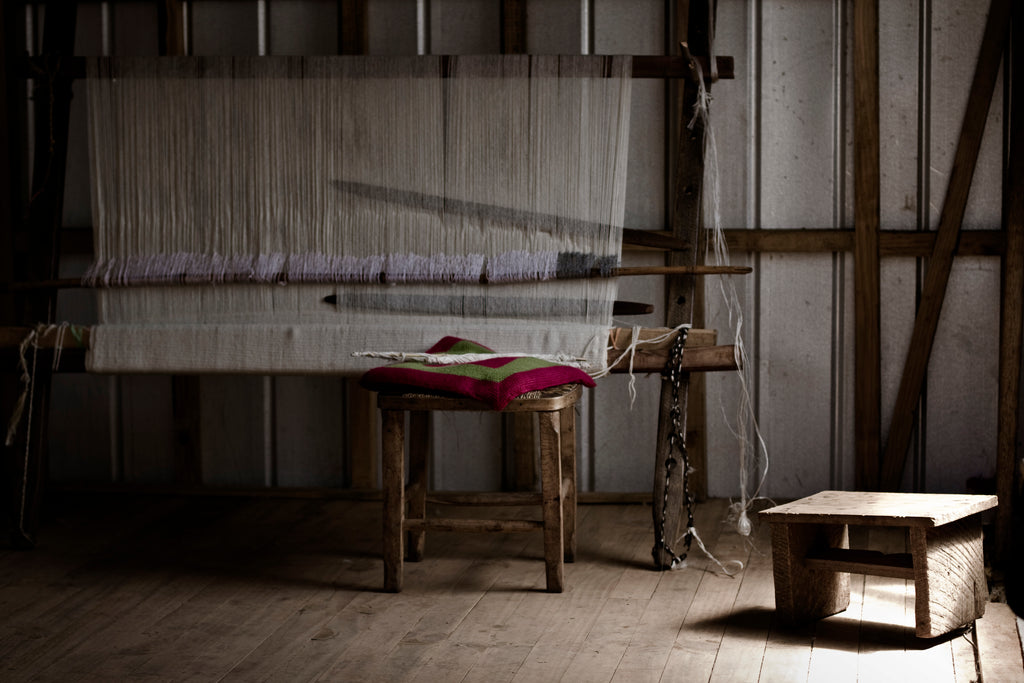Story

Rooted in the traditions of the Mapuche culture in Chile, VOZ collaboratively designs handmade garments, accessories, and jewelry, celebrating the craftsmanship of weavers and silversmiths. VOZ honours and empowers artisans creatively, economically and culturally by providing free technical educations, sustainable and ethical employment as well as a platform for the protection of cultural knowledge such as sacred symbols and ancestral loomed techniques.
We are thoughtfully building new relationships with indigenous master artisans in South America, starting with Qu'ero weavers in Puno, Peru, and are expanding our collaborations to various native communities throughout the world.
Mapuche weaving knowledge is engrained in its culture, in its way of being and living. Researchers have found evidence of fabrics made with complex techniques and designs that date back to AD 1300-1350 at several ruins in northern Chile and Argentina where the Mapuche live. Historical accounts say that at the time of the European arrival in the region of Araucanía, local natives wore textiles made with camelid's hair (alpaca and llamas). Later, after the Spanish introduced sheep, the Indigenous people began breeding these animals and using their wool for their weaving.
Today, the Mapuche are collaborating with VOZ to keep their cultural history alive through textiles and share it with the rest of the world.
